Ayran: Basic Information
Pronunciation
Alternative Name(s)
Drink Type
Mealtime
Popular Ayran Variations

Dogh/Shromba
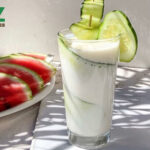
Dhallë

Ayrani

Kefir

Doogh

Tan
Ayran: Ingredients and Preparation
Main Ingredients
Main Preparing Method
Preparation Process
Ayran: A Deep Dive
Cultural Significance
Taste
Texture
Aroma
Color
Serving Style
Serving Temperature
Accompaniment
Occasions
Calories
Popularity
Popular Similar Drinks
- Chal
- Kumis
- Qatiq
- Chaas
- Lassi
- Borhani
- Calpis
Popular Dining Area
Ayran is a traditional Turkish beverage made from yogurt, water, and salt. It’s a cold, savory drink known for its refreshing and slightly tangy taste.
This drink is popular in various Middle Eastern, Central Asia, South Asia, Southern, and Eastern European cultures, often served with grilled meats or rice dishes.
Ayran is also valued for its digestive benefits and as a hydrating drink in hot climates. However, its presence is not limited to summers alone; Ayran graces Turkish tables throughout the year.
Ayran is more than just a refreshing drink; it is deeply embedded in the fabric of Turkish life. You’ll find it served everywhere, from bustling streets in Istanbul to serene rural areas.
I’ll lead you through an exploration of the dish’s features, its historical background, global popularity, ways of preparing it, different versions, health advantages, and disadvantages, and I’ll also compare ayran with kefir, address common queries, and discuss drinks that are similar.
Key Points
Ayran Images
Where Was Ayran Invented?
Ayran, a traditional yogurt-based drink, is believed to have originated among Turkic peoples. These diverse ethnic groups, spread across a vast region from West, Central, East, and North Asia, as well as parts of Europe, share Turkic languages.
The Turkic peoples have a rich history and cultural heritage, with their languages and traditions influencing many regions.
Ayran, as a part of this cultural heritage, likely emerged from the culinary traditions of these Turkic groups.
This savory yogurt drink is not only a favorite in Turkey and Iran but also across the Middle East, Asia, and Europe.
How Is Ayran Consumed across Asia, the Middle East, and Europe?
Ayran is a traditional yogurt-based drink that is enjoyed in Central Asia, South Asia, the Middle East, Southern Europe and Eastern Europe, reflecting the diverse culinary cultures of these regions.
Central Asia
Ayran is widely consumed in Central Asia and has a significant cultural and culinary presence in the region. Here’s how it is typically enjoyed:
- In Kazakhstan, ayran is a popular summer drink, often used as a base for soups with various groats.
- In Turkmenistan, locals like to drink ayran with their meals or as a snack. It is believed to be beneficial for digestion and cooling the body down, which is important in Turkmenistan’s hot summers.
- In Kyrgyzstan, ayran is a staple in both children’s and adults’ diets.
- In Uzbekistan, ayran is a beloved summer beverage made by mixing cold, sour milk with carbonated or plain water, often with added salt, and is served chilled.
Similarly, in South Asia, ayran is enjoyed as a refreshing drink, known for its cooling properties, highlighting the drink’s versatility across different cuisines and climates.
South Asia
Below is how it is commonly consumed in South Asia:
- In Afghanistan, ayran is known as dogh, maskah or shromba. It is popularly consumed alongside bolani, a type of Afghan flatbread, and other picnic foods.
- In Pakistan, ayran is sometimes referred to as Namkeen Lassi, which is another variation of this refreshing drink.
Moving forward, let’s explore the consumption of ayran in the Middle East.
West Asia
Ayran’s simplicity, refreshing taste, and versatility make it a beloved drink across West Asia. Below is a simple breakdown:
- In Turkey, ayran is a popular drink made by mixing yogurt, water, and salt, often served chilled with meals like kebabs. It’s especially favored in summer and varies in thickness across Turkey, with Susurluk noted for its bubbly Ayran.
- In Iran, ayran (referred to as doogh, or mashk) is a cold fermented mix of curdled milk, water, and mint, with its name deriving from the Persian word “dooshidan” for milking.
- In Armenia, a drink similar to ayran is called tan (or t’an, tahn), which is a yogurt-based drink made by mixing yogurt with water and salt.
- In Azerbaijan, ayran is a popular traditional drink made from yogurt, water, and salt. Its recipe varies slightly across different countries, adapting to local tastes and traditions.
- In Iraq and Jordan, Ayran is known as “shenina.” It’s a cold savory beverage, and its simplicity and health benefits make it a popular choice in the region.
- In Assyria, Ayran is known as “Daweh,” a savory yogurt drink made with yogurt, water, and salt, and sometimes dried mint for added flavor. It’s typically served cold with ice.
- In Kurdistan, ayran (known as avamast, mastaw, mashk, çeqilmast dew, do) is a simple, yogurt-based drink made by mixing yogurt with water and a pinch of salt. It’s a refreshing, tangy beverage often served chilled, commonly consumed at breakfast.
- In Syria, particularly in Aleppo, ayran is similarly prepared using plain yogurt and water, with an optional addition of salt and sometimes mint for flavor.
- In Lebanon, ayran is a popular, unsweetened yogurt-based drink often found in markets.
- In Israel and Palestine, ayran is closely related to a drink called “doogh”. It’s a popular choice in these regions, especially during the hot summer months, as it is both refreshing and nourishing.
Next up, let’s delve into how ayran is enjoyed across Southern Europe.
Southern Europe
Ayran is enjoyed in a variety of ways in Southern Europe, and here is how:
- In Greece, it is known as xinogala, xynogala, or ariani, while in Cyprus, it’s referred to as ayrani. This drink is typically served cold and often accompanies meals, especially during breakfast and lunch.
- In Albania, ayran goes by the name “dhallë” and is prepared with just yogurt, salt, and water. It is typically served cold and has a unique flavor profile, making it a popular drink in the region.
Let’s proceed to learn about the consumption patterns of ayran in Eastern Europe.
Eastern Europe
In Eastern Europe, especially Bulgaria, ayran is commonly enjoyed as a refreshing, yogurt-based drink.
- In Bulgaria, ayran is known as айрян. It is commonly enjoyed during summer, often served cold, and pairs well with dishes like banitsa.
Indeed, ayran is relished for its refreshing qualities and is often paired with traditional foods, offering an insight into the varied ayran preparation methods and its importance in culinary traditions across different regions.
What Is The Main Preparation Method of Ayran?
Below are the 2 main traditional preparation methods of ayran:
The Basic Method
The basic ingredients for making Ayran are yogurt, water, and salt. To prepare Ayran, these ingredients are mixed together. The yogurt is diluted with chilled or iced water to create a refreshing drink.
Sometimes, for added flavor, herbs like mint are included. In some variations, Ayran is also carbonated.
The Iranic Method
In traditional preparation methods, especially among various Iranic peoples, Ayran can be made straight from milk without using yogurt.
This is done by pouring milk into a waterskin, typically made from deer or sheep skin, and shaking it for hours. This process can be facilitated by using a wooden structure to suspend the waterskin with woolen strings.
In different regions, Ayran can have variations in its preparation and additional ingredients.
What Are Different Variations of Ayran?
Here are the variations of Ayran beverages from different countries, along with their characteristics:

Dogh/Shromba
Made with yogurt, salt, mint, diced cucumbers, lime, and sometimes carbonated.
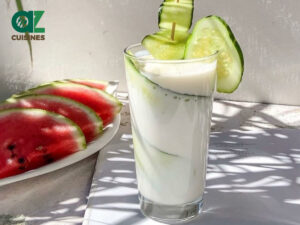
Dhallë
Prepared exclusively with yogurt, salt, and water, served cold.
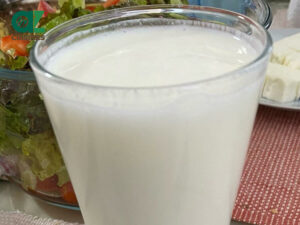
Ayrani
Made with sour sheep yogurt, water, salt, and mint.
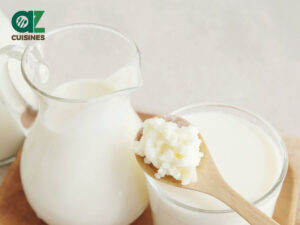
Kefir
Fermented milk from kefir grains, sour notes, and thick like yogurt.
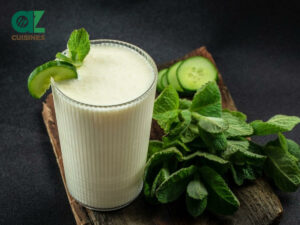
Doogh
Cold and sour, carbonated or fizzy, made by fermenting yogurt.

Tan
In Armenia, the ayran-like drink “tan (or tahn)” has a rich history with legends claiming Russian doctors in the mid-19th century linked it to the long life of Caucasus people.
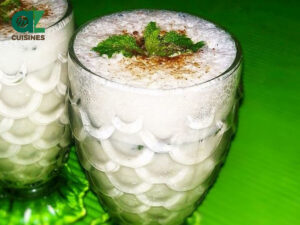
Namkeen Lassi
Made by mixing milk in a waterskin, typically crafted from deer or sheep skin, and shaking it for an extended period.
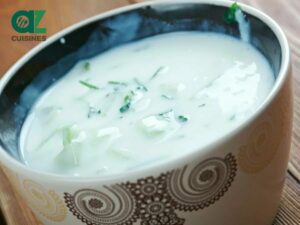
Chalap
Made by combining qatiq or suzma with salt and water.
Each variation of Ayran offers its own unique taste and texture, and many of these beverages also carry potential health benefits.
What Are The Health Benefits of Ayran?
Ayran, a traditional beverage, offers several health benefits due to its nutritious composition:
- Hydration and Electrolyte Balance: Ayran is highly effective in hydration due to its high water content and electrolyte balance. It replenishes fluids lost through perspiration or dehydration, making it an excellent choice for hydration.
- Nutrient-Rich: It is a good source of protein, B vitamins, calcium, and vitamin A. These nutrients contribute to overall health and wellness.
- Probiotic Content: Being a fermented dairy product, ayran contains various strains of probiotics. These beneficial bacteria improve digestion and boost the immune system.
- Dehydration Prevention: Ayran’s electrolyte content makes it useful in preventing dehydration, which can lead to muscle cramps, dizziness, and in severe cases, even shock.
- Cardiovascular and Weight Management Benefits: Regular consumption of ayran can lead to lowered blood pressure and cholesterol levels, increased energy and mental clarity, as well as weight loss and improved body composition.
- Digestive Health: The presence of natural probiotics, vitamins, and calcium in ayran aids in regulating the digestive system and strengthens the body’s natural defense mechanisms.
Within the benefits of ayran, it’s important to weigh the positive and negative sides of ayran.
Pros and Cons of Eating Ayran
Following is a list of advantages and disadvantages of ayran:
Pros
Cons
To understand the unique qualities of ayran and how they compare to kefir, let’s delve into the key differences between these two traditional fermented dairy beverages after considering the pros and cons of ayran.
How Does Ayran Differ From Kefir?
Here is a comparative table highlighting the differences between ayran and kefir:

Ayran
Key Ingredients: Yogurt, water, salt
Fermentation Process: Yogurt mixed with water and salt, no alcohol
Consistency and Taste: Sour and salty, thinner consistency
Probiotic Content: Lower, less diverse
Additives: Dried mint, cucumbers
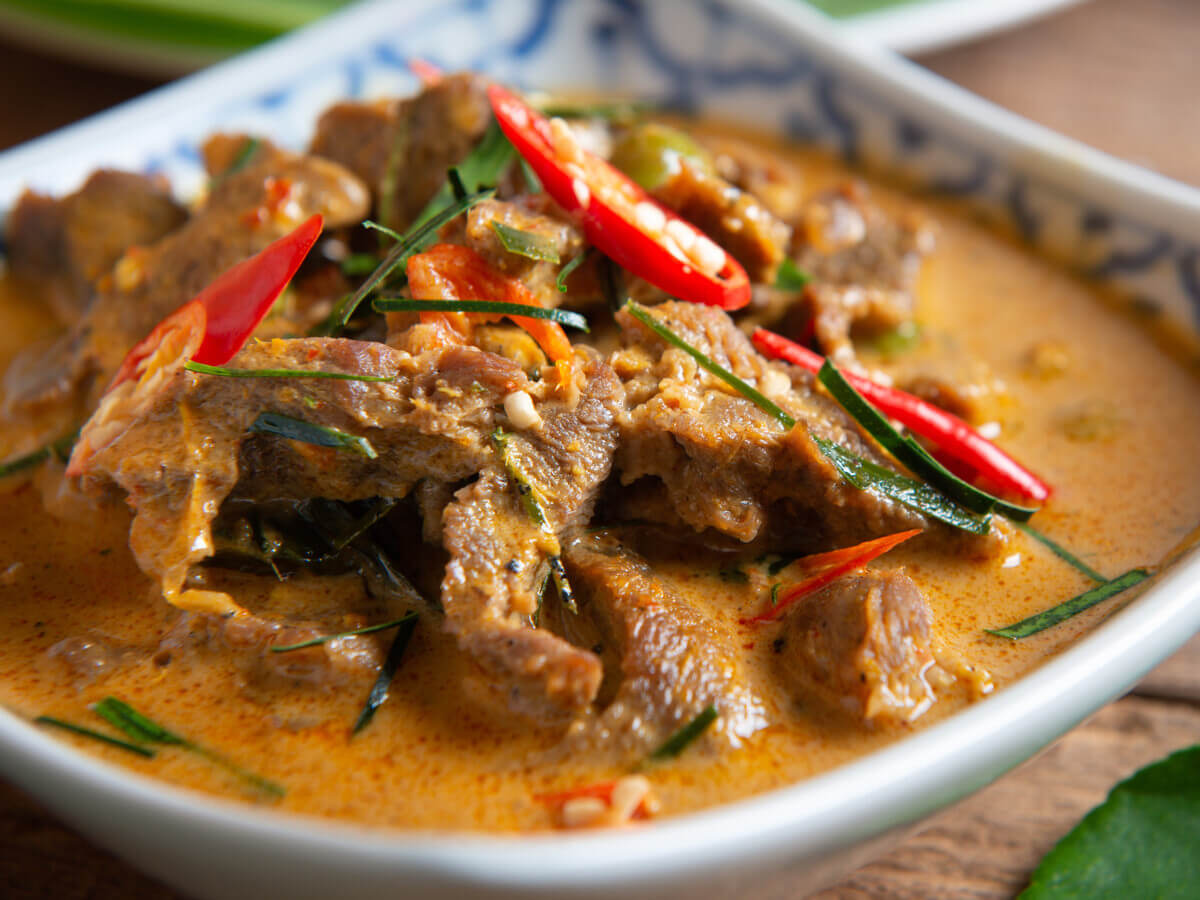
Kefir
Key Ingredients: Whole milk, kefir grains (cultures of bacteria and yeast)
Fermentation Process: Uses kefir grains, fermented for 1-2 days, may contain some alcohol
Consistency and Taste: Sour, slightly fizzy, creamy, and thick
Probiotic Content: High, diverse bacteria and yeast strains
Additives: Fruits, chia seeds
Now, let’s proceed to the commonly asked questions about ayran.


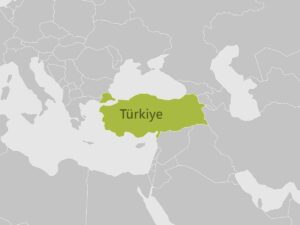

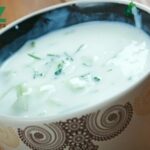
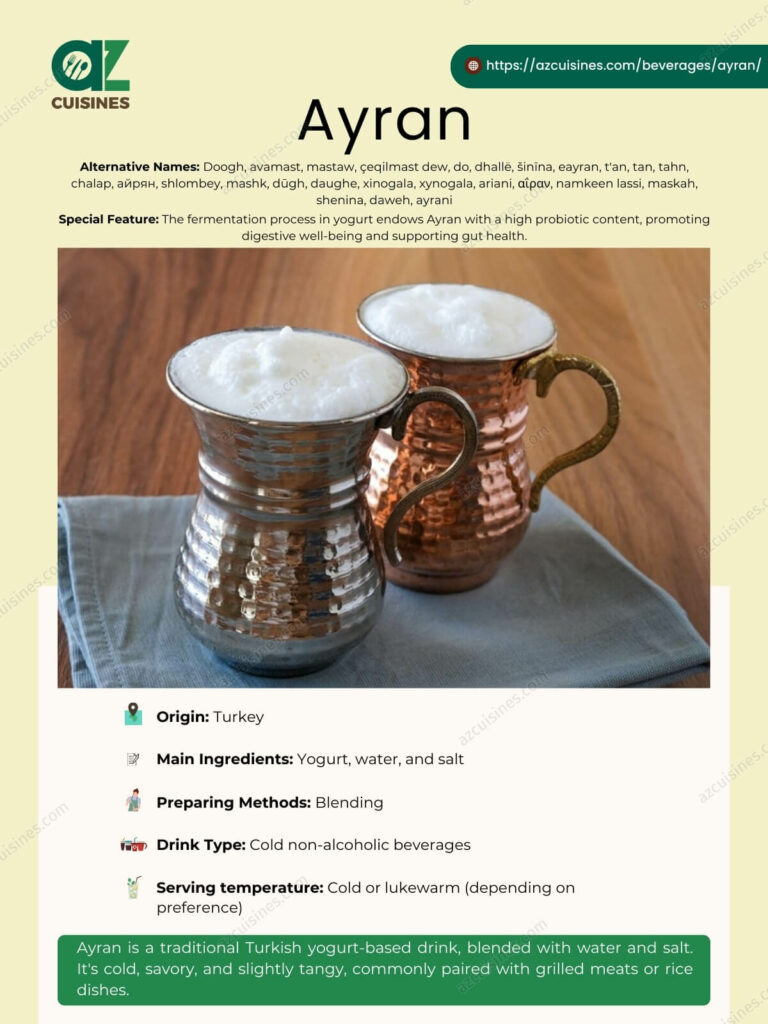
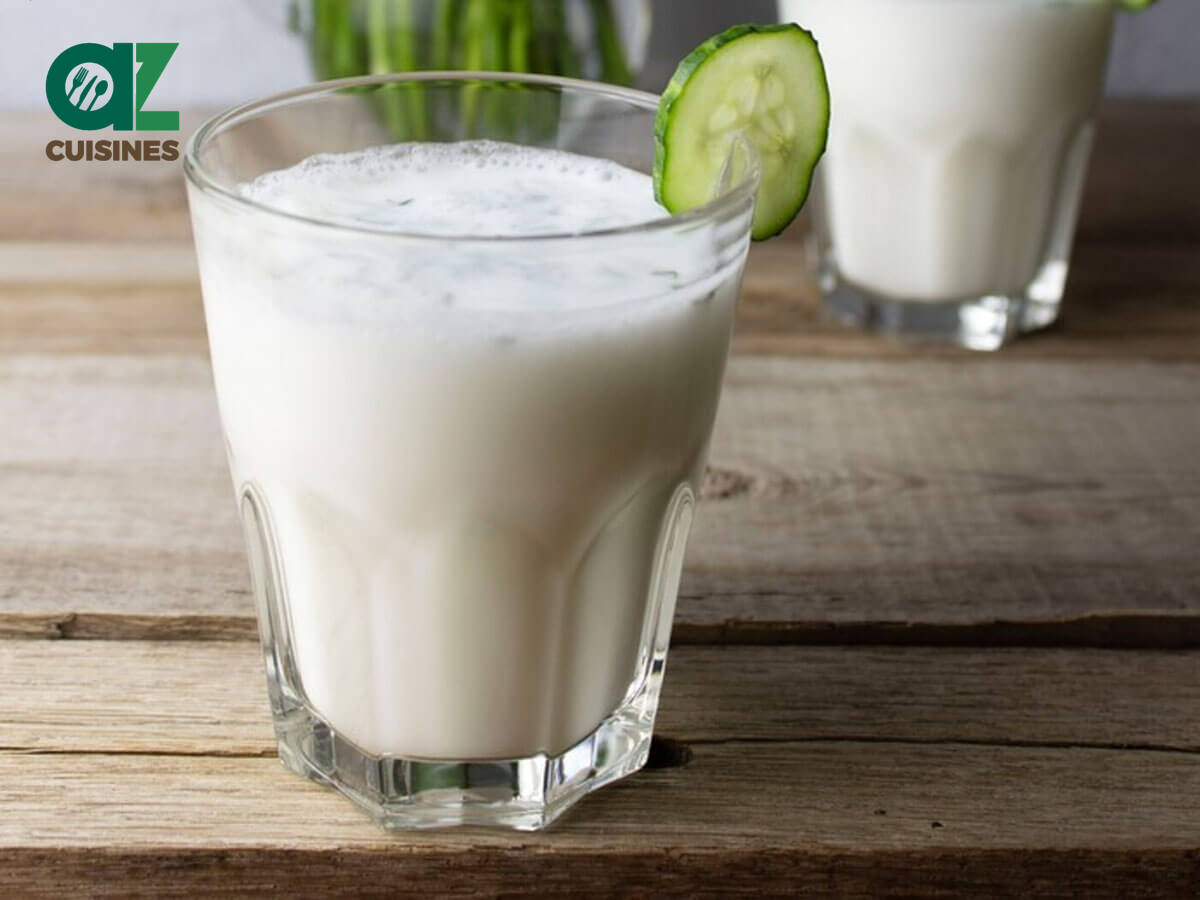
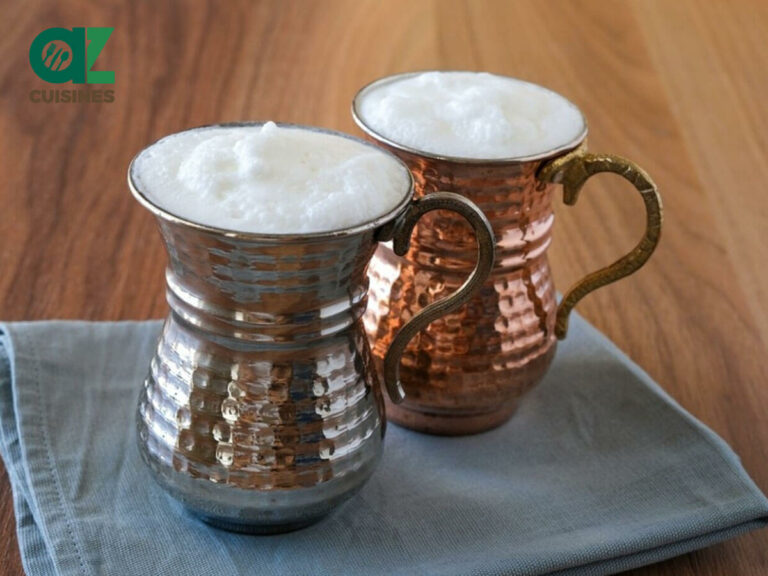
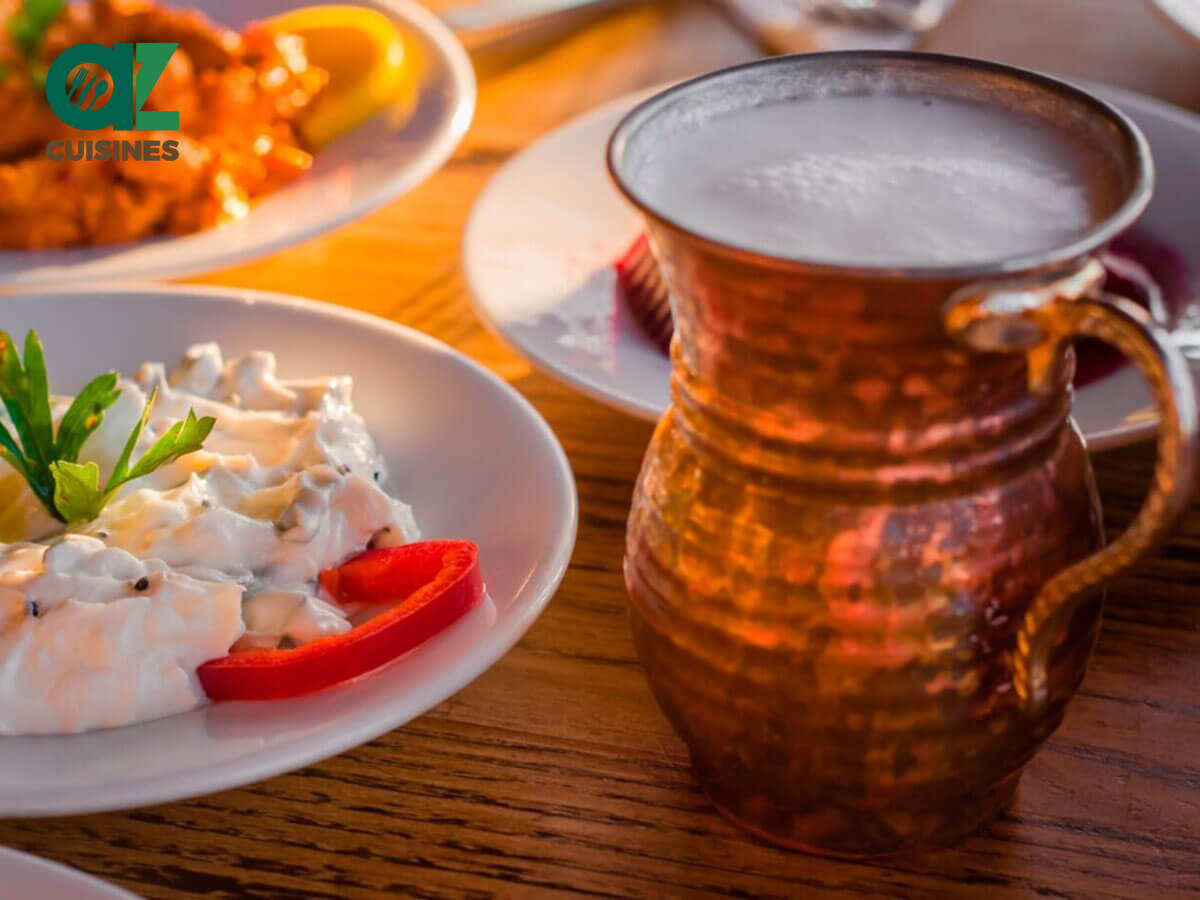
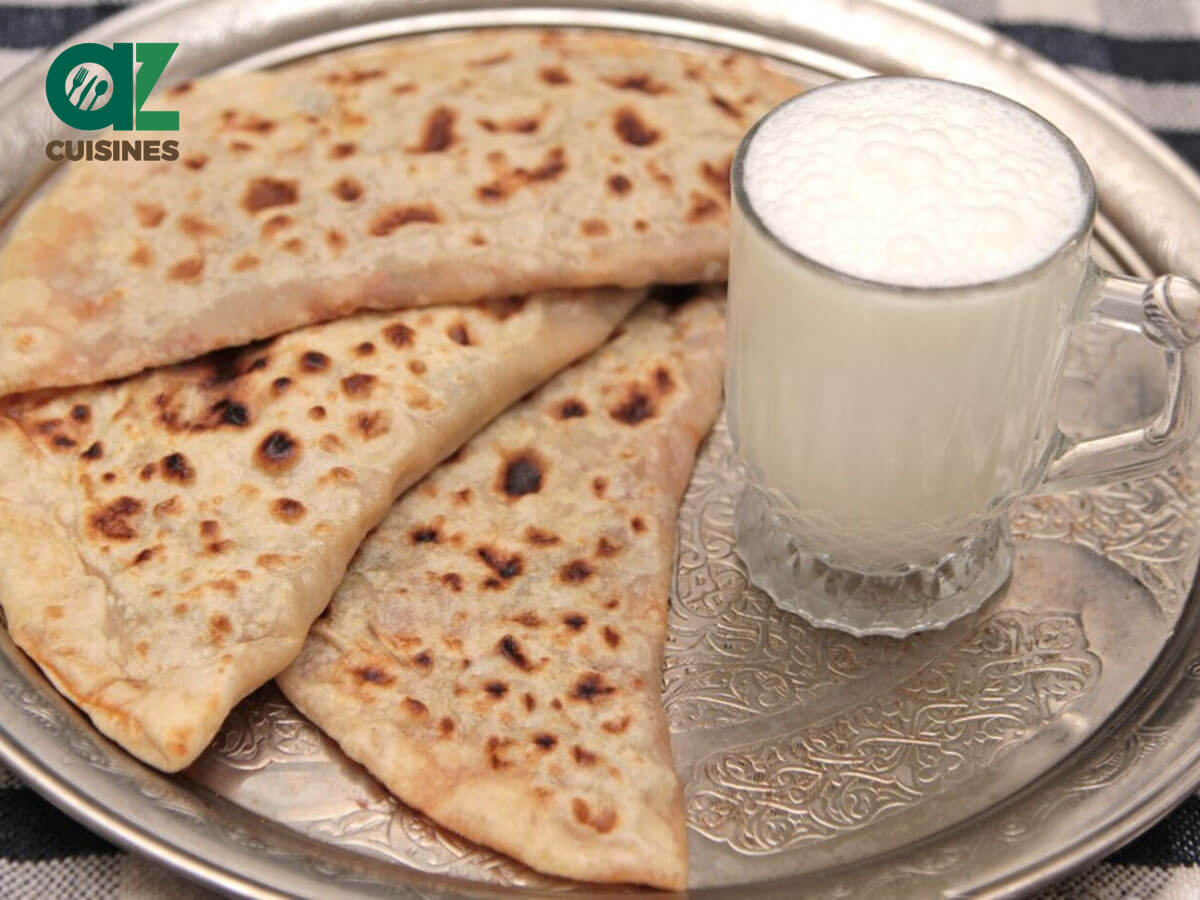

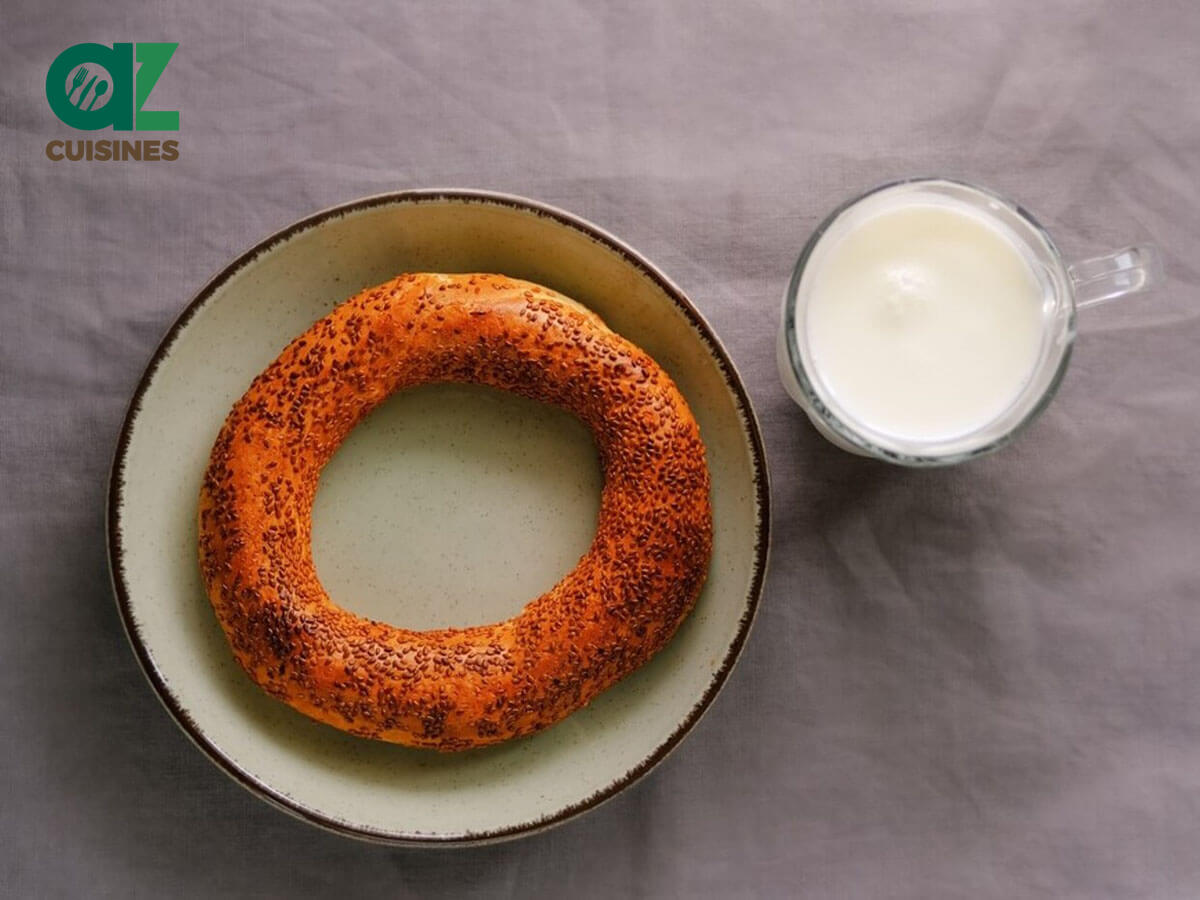
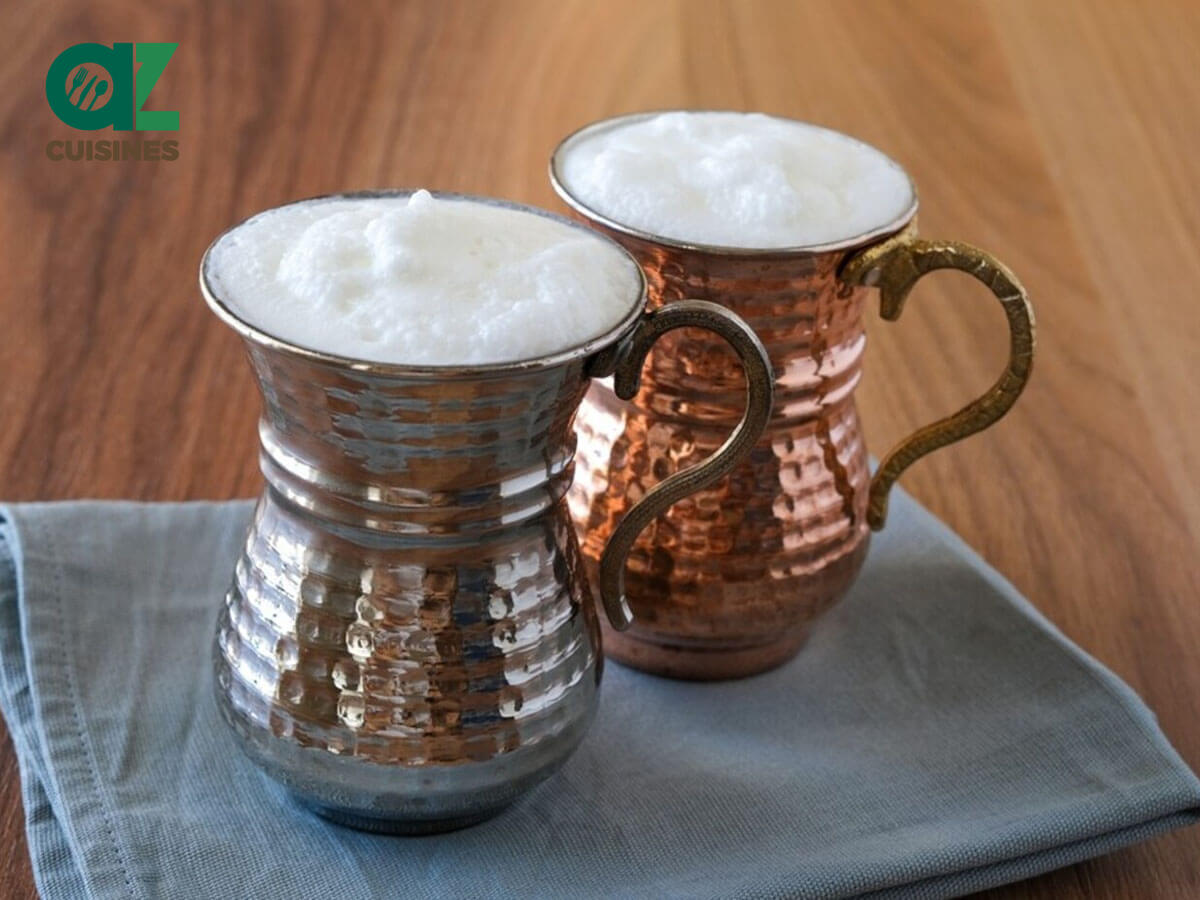
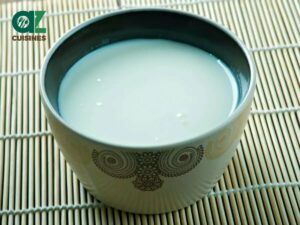



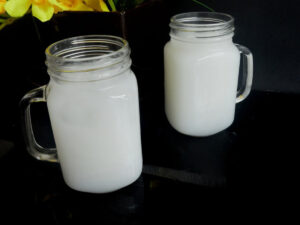
Adam Sam
Senior Food and Drink Editor
Expertise
Food Writer & Recipe Developer, Recipe Tester, Bartender, Cooking-video Maker, Editor In Chief
Education
Adam Sam, an experienced food writer and recipe developer, is passionate about blending diverse culinary traditions, national dishes, and innovative beverages, showcasing his proficiency in both traditional and modern recipe testing.
As the Editor-in-Chief, he elevates culinary content from street food to fine dining, focusing on Western cuisine and types of drinks at azcuisines.com, and is professional in creating engaging cooking videos that simplify complex dishes and ingredients.
His passion for food is evident in his writing, where he uniquely merges various cultures, traditions, and contemporary trends, skillfully combining classic recipes with modern cooking methods.